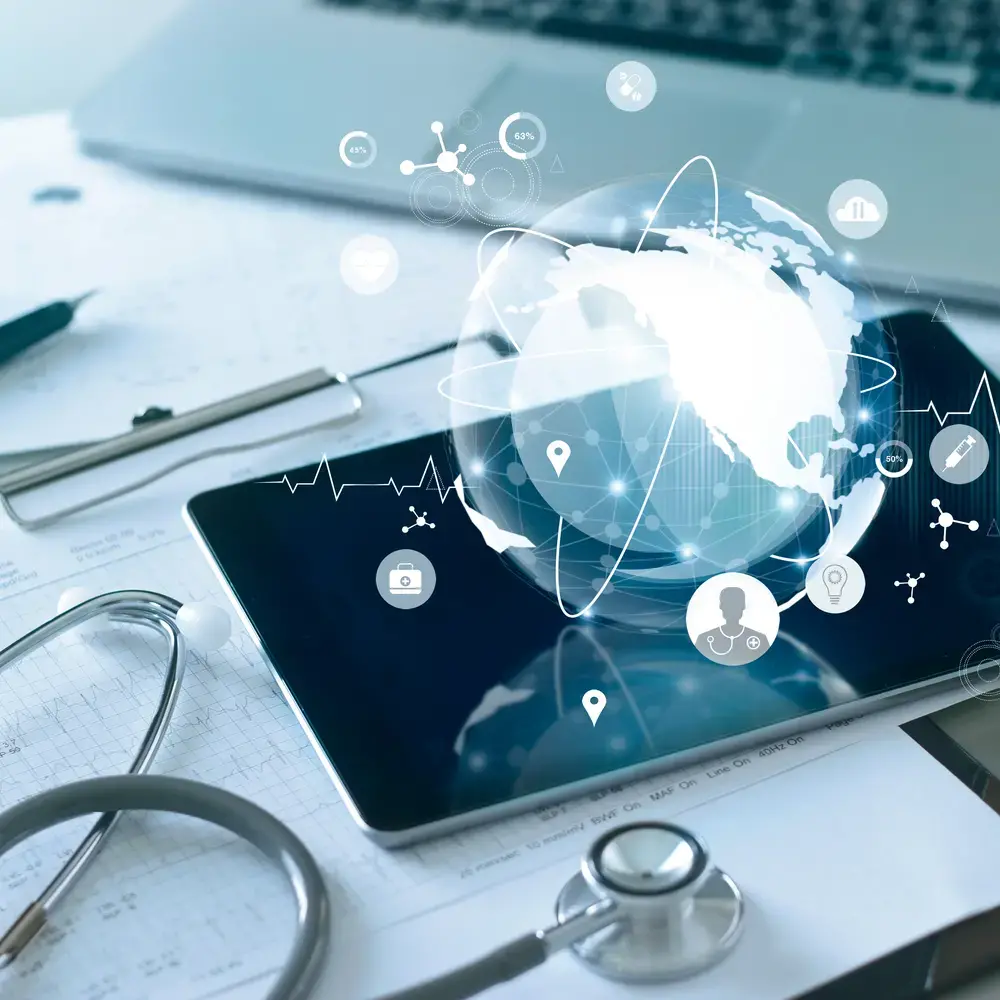4 Immediate Applications for AI Translation in Pharma

Precision and speed are key facets of success in the dynamic world of pharmaceutical development. To achieve these goals, AI-powered capabilities, such as machine translation (MT), can have a considerable and transformative impact.
Automated translation workstreams enable users to rapidly disseminate information to regulators, patients, and healthcare providers globally in their respective languages. However, the propensity of MT to transform clinical content development extends beyond language translation.
With this in mind, let’s now explore four immediate use cases and strategic applications for MT and AI within the pharmaceutical industry.
1. Accelerating Regulatory Submissions
While many pharma companies use English as their lingua franca, most regulators require submissions in their local language. For major submissions like a New Drug Approval, the translation process can often take months and require heavy financial investment. Machine translation offers a streamlined approach to translating submission materials, but still maintaining the necessary quality levels by using specialised AI engines and subject matter expert human reviewers.
Example: A leading biotech leveraged MT with expert human-in-the-loop review and quality control to translate regulatory documents for a new product launch in selected countries in Asia. This strategic application of automation resulted in all required translations being completed within a few weeks, facilitating a quicker approval process in China and Japan.
2. Efficient Translation of Clinical Trial Documents
Clinical trials generate extensive volumes of documentation and data requiring translation for local investigators, health authorities, and patients, ranging from trial protocols, informed consent forms, and patient recruitment materials. To avoid bottlenecks and maximize operational efficiencies, leveraging automated translation tools, such as MT, expedites the completion of local language documents and facilitates faster enrolment and activation for global sites. Within a translation management system powered by AI, sites can repurpose their previously approved translations for machine learning to ensure further streamlined workflows for future studies.
Example: A top 5 pharma transitioned to using machine translation-based workflows to translate trial documents, and reduced its average start up timelines for international markets by 30%.
3. Global Product Launches and Marketing Materials
Global product launches require meticulous planning to ensure all required translations are planned for and prepared ahead of the deadline, while meeting varied and stringent regulatory requirements for promotional content around the globe. Baked into this is the importance of maintaining consistency across an increasing number of digital and print assets for omnichannel distribution in dozens of languages. To this end, MT aids in rapidly translating marketing and promotional content and identifying repetitive content across assets, ensuring synchronized global product launches.
Example: A leading pharma organization employed the use of an integrated AI and MT workflow to translate a digital campaign for a new product launch in over 10 languages. This strategy resulted in a 25% cost reduction for a cohesive global marketing campaign and increased brand visibility.
4. Safety and Pharmacovigilance Reporting
Safety teams are inundated with inbound cases, the management of which can be burdensome due to the large manual effort required. To alleviate this strain, AI capabilities can overhaul the process to triage safety and pharmacovigilance reports. With the integration of safety-specific AI engines into existing front-end safety tools, alongside human post-editors, MT enables timely communication about potential adverse effects and ensuring patient safety. This is particularly critical and advantageous in a sector where regulatory compliance is contingent on rapid reporting.
Example: A Fortune 500 Pharma organization strategically incorporated AI and MT into their safety reporting workstreams to instantly translate safety reports across multiple languages as part of the triage process. Cases flagged during triage then are passed over to a human for identification of serious cases requiring further processing. This approach improved reporting speed, facilitating quicker responses to potential safety concerns.
Conclusion:
MT is ubiquitous in a growingly globalized world, and its role in the pharmaceutical sector is inevitably set to expand and solidify by offering powerful AI solutions to tackle longstanding challenges and contributing to the continued development of vital medicinal products.
To learn more about how you can revolutionise your language strategy with MT today, please reach out to our team today.
